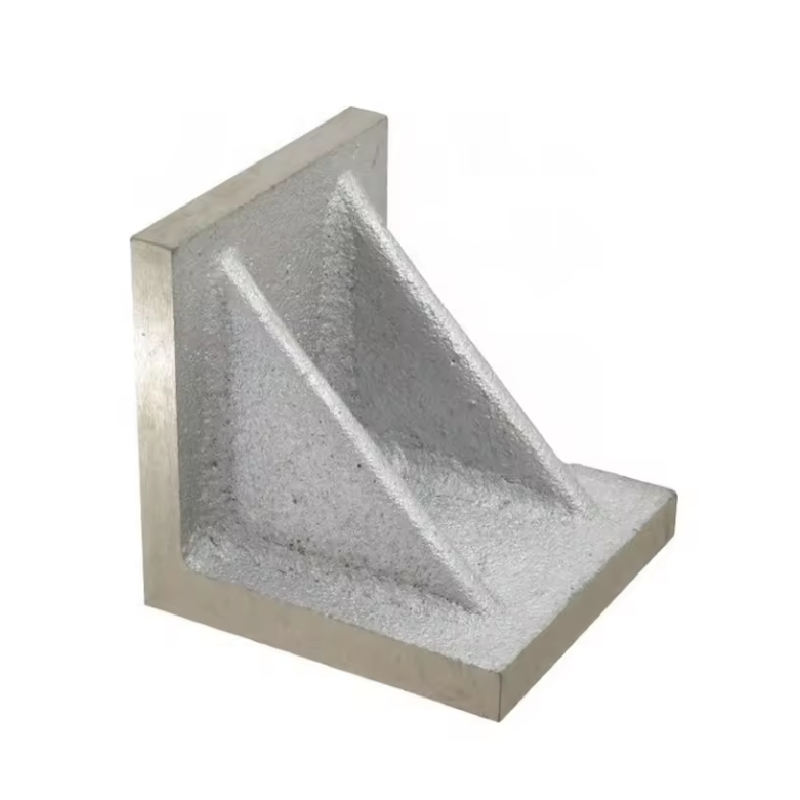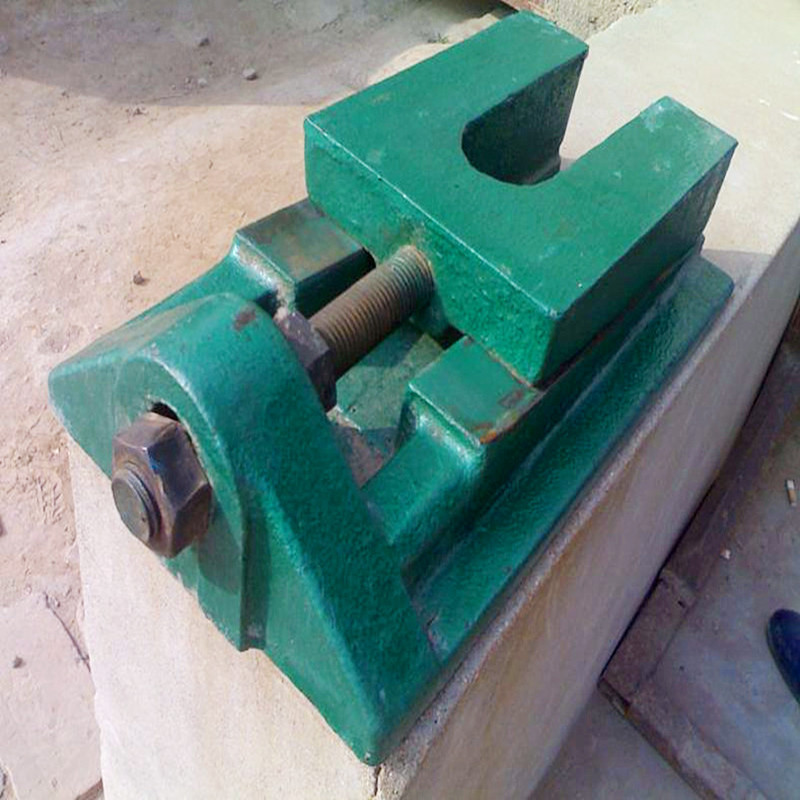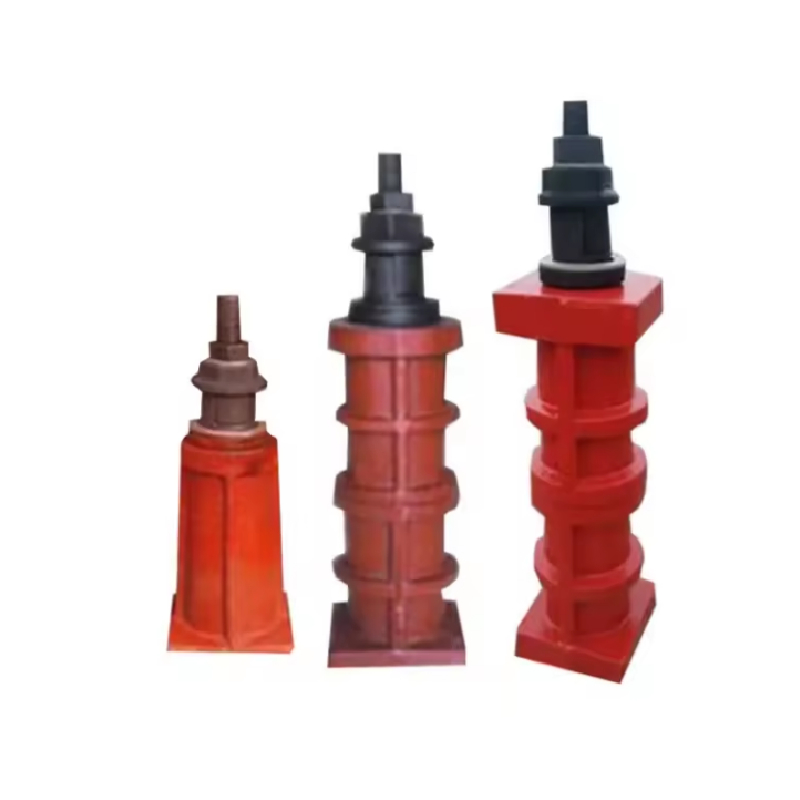Jul . 04, 2025 09:18 Bwererani ku mndandanda
Equipment Vibration Pads Installation
Proper installation of anti vibration mounting pads is crucial for reducing equipment vibration and noise in industrial settings. Whether using standard vibration pads or specialized equipment vibration pads, correct setup ensures optimal performance and longevity. This guide covers essential installation techniques and best practices.
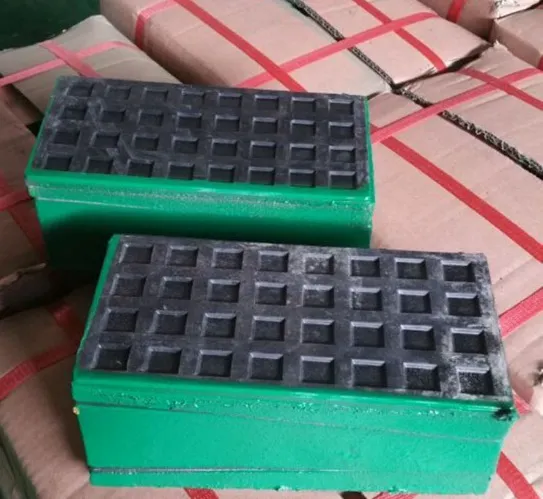
Selection Criteria for Vibration Pads
- Determine load capacity requirements for anti vibration mounting pads based on equipment weight
• Consider vibration frequency when selecting vibration pads material composition
• Evaluate environmental conditions affecting equipment vibration pads performance
• Choose between two-layer or three-layer anti vibration mounting pads structures
• Verify dimensional compatibility of vibration pads with equipment base
|
mfundo |
Adjustable height mm |
Single piece bearing capacity kg |
|
135×50×40 |
4 |
600 |
|
160×80×55 |
5 |
1200 |
|
200×90×55 |
6 |
2000 |
|
220×110×60 |
8 |
3500 |
|
240×120×70 |
10 |
4000 |
|
280×130×80 |
12 |
4500 |
|
300×140×100 |
15 |
5000 |
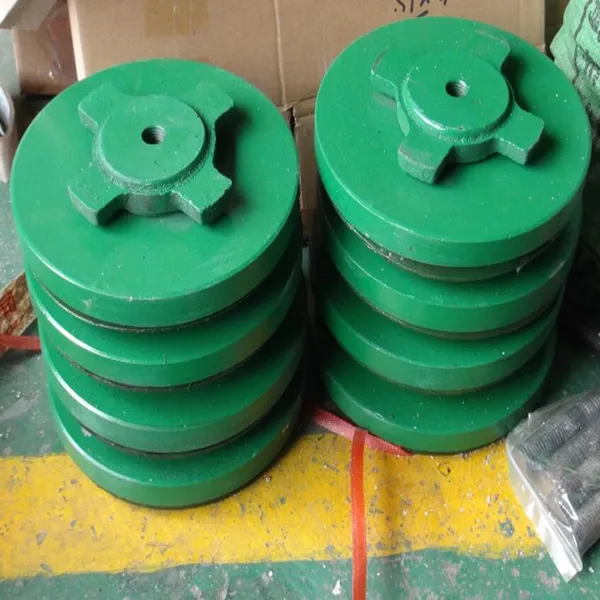
Preparation for Equipment Vibration Pads Installation
- Clean equipment mounting surfaces before installing anti vibration mounting pads
• Verify levelness of installation area for vibration padsplacement
• Gather necessary tools for equipment vibration padsinstallation
• Prepare adjustment shims for fine-tuning anti vibration mounting pads position
• Review manufacturer specifications for vibration pads installation torque values
Step-by-Step Installation of Anti Vibration Mounting Pads
- Position equipment vibration padsaccording to manufacturer's recommended layout
• Align mounting holes precisely when using bolted anti vibration mounting pads
• Gradually lower equipment onto vibration padsfor even weight distribution
• Verify all equipment vibration pads maintain proper contact with surfaces
• Tighten fasteners to specified torque values for anti vibration mounting pads
Post-Installation Checks for Vibration Pads
- Verify equipment stability on newly installed vibration pads
• Check for uniform compression across all equipment vibration pads
• Measure vibration levels after anti vibration mounting padsinstallation
• Inspect for proper clearance around vibration padsafter full loading
• Monitor equipment vibration pads performance during initial operation
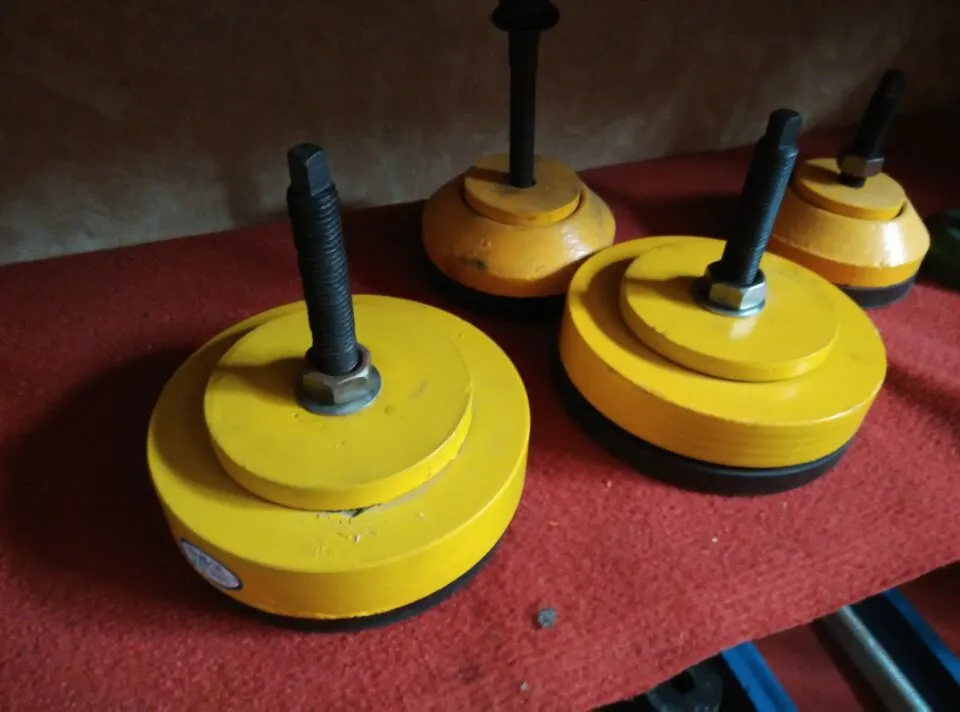
Maintenance Guidelines for Anti Vibration Mounting Pads
- Regularly inspect vibration padsfor signs of wear or deterioration
• Clean equipment vibration padssurfaces to maintain friction properties
• Check fastener tightness on anti vibration mounting pads quarterly
• Replace vibration pads showing permanent deformation or damage
• Record maintenance activities for each equipment vibration pads set
Anti Vibration Mounting Pads FAQS
Q: How do anti vibration mounting pads enhance performance compared to basic vibration pads?
A: Anti vibration mounting pads typically feature layered designs (rubber+metal) or specialized polymers to target specific frequency ranges, whereas basic vibration pads may be single-material (like cork or foam). The advanced structure of mounting pads reduces both horizontal and vertical vibrations, making them ideal for heavy machinery—unlike simple pads, which offer minimal isolation for light-duty tasks.
Q: What factors determine the right equipment vibration pads for industrial machines?
A: Choose equipment vibration pads by machine weight, operating frequency, and desired isolation level. For example, a CNC lathe needs pads with 80–90 Shore A hardness to absorb high-frequency vibrations, while a generator requires heavier-duty mounts with anti-resonant designs. Always match pad load capacity to the equipment’s weight to prevent sagging or failure.
Q: Can vibration pads be used in outdoor environments with temperature fluctuations?
A: Yes, but select vibration pads with weather-resistant materials like neoprene or silicone. Standard rubber pads may crack in extreme cold or degrade under UV exposure, whereas specialized outdoor pads maintain elasticity across -40°C to +120°C. For coastal areas, opt for corrosion-resistant metal components in anti vibration mounting pads to avoid rust.
Q: How often should equipment vibration pads be replaced in manufacturing setups?
A: Inspect equipment vibration pads quarterly for signs of wear (cracking, flattening, or loss of elasticity). In high-vibration environments (e.g., stamping presses), replace them every 1–2 years. For low-impact setups (office equipment), pads may last 5+ years. Neglecting replacement can lead to equipment misalignment, reduced lifespan, or safety hazards.
Q: What installation mistakes compromise the effectiveness of anti vibration mounting pads?
A: Common errors include uneven surface placement (causing load imbalance) or over-tightening bolts, which compresses pads beyond their optimal range. Always level the mounting surface first and use torque wrenches to apply manufacturer-recommended force. Unlike vibration pads that can be placed freely, anti vibration mounting pads require precise alignment to ensure uniform vibration distribution.
Welcome to Storaen Machinery – Where Precision Forges the Future,Nestled in Botou, China’s ancient casting capital, Storaen (Cangzhou) International Trading Co. blends 2,000 years of metallurgical heritage with cutting-edge engineering. We’re not just manufacturers—we’re architects of industrial reliability, crafting cast iron welding platforms, precision measuring tools, and gauges that define accuracy for global industries.
Our portfolio is a testament to innovation: from granite inspection blocks with HS70+ hardness to digital micrometer sets that measure down to 1μm. Every product carries the Botou legacy—cast in premium alloys, ground to 00-grade flatness, and tested through 27 quality checks. But our edge isn’t just in metal—it’s in mindset. We turn client challenges into custom solutions, whether a aerospace-grade parallel ruler or a factory-scale welding platform.
Sustainability runs through our forges: recycled materials, energy-efficient casting, and a carbon-neutral supply chain. Join partners in 46 countries who trust us to power their precision. Explore www.strmachinery.com to discover how 21st-century tech meets timeless craftsmanship. Let’s shape the future—one micron at a time.
-
Flanged Gate Valve: A Reliable Choice for Industrial and Municipal SystemsNkhaniAug.20,2025
-
Soft Seal Gate Valve: A Modern Solution for Reliable Pipeline ControlNkhaniAug.20,2025
-
Gate Valve Types: Understanding the Options for Your Pipeline SystemsNkhaniAug.20,2025
-
Y Type Strainer: Essential for Clean and Efficient Flow SystemsNkhaniAug.20,2025
-
Cast Iron Y Strainer: Durable Solutions for Demanding ApplicationsNkhaniAug.20,2025
-
Flanged Y Strainer: An Essential Component in Industrial Filtration SystemsNkhaniAug.20,2025
Zogwirizana nazo




